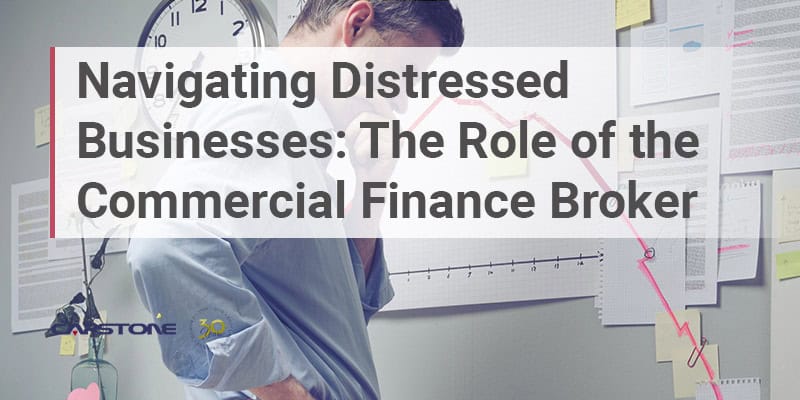Small and medium-sized businesses often face temporary cash flow problems, especially if they don’t understand borrowing against accounts receivables. The difference in time between issuing an invoice and getting paid for that invoice is often between 30 and 90 days. This delay in receiving payment can result in a business facing challenges purchasing new material for products, meeting payroll obligations, or meeting monthly expenses such as utilities or rent.
In these cases, meeting cash flow requirements is a necessity and businesses often turn to accounts receivable financing as an option. Some business owners avoid this type of financing because they do not understand what it means or how it works.
Accounts Receivable Factoring
There are two separate options a business owner can use to borrow money against their accounts receivable.
One is to work with a factoring company who takes control of your receivables. Using this method, a company delivers products, sends clients their invoices and the factoring company advances the company a portion of their invoices. The client in turn pays the invoice to the factoring company and once payment is received, the factoring company pays the business the balance of the invoice less their fees.
In most cases, this type of factoring involves a long-term contract between the factoring company and the business.
Spot Accounts Receivable Financing
Another common way to get cash against accounts receivable is known as spot factoring. This method of borrowing against accounts receivables is used when a business needs an immediate infusion of cash for any purpose.
For example, a business may have taken on a new contract and needs cash to purchase materials to fulfill that contract. Instead of borrowing money from the bank, the business owner decides to factor one or more of their client’s invoices.
The advantage of this type of financing is the company does not have to have a long-term contract, they get to decide which accounts receivables to factor, and they get the cash they need, typically within a few business days.
Impact on Balance Sheet
One of the reasons a business owner may opt to borrow against their accounts receivable rather than taking out a loan is the impact on their balance sheet.
When a company factors their invoices, they get an infusion of cash which shows as a positive on their balance sheet, and they do not take on any new debt.
The other advantage of accounts receivable financing is a company typically does not have to sacrifice partial ownership of their company to get much-needed capital as they may have to with other types of financing.
Borrowing Against Accounts Receivables Advantages Over Traditional Borrowing
One advantage a company will find when they opt to borrow against accounts receivables is the time it takes to access funds. A traditional factoring situation means a company often has access to cash within a few days of submitting their invoices to the factoring company. With a traditional loan, borrowers can wait weeks, and in some cases, months before getting approval for a loan.
For most company owners, the other advantage of factoring over typical bank loans is restrictions on how funds are used. When a company applies for a bank loan, the bank may place limits on how the funds may be used which can tie the hands of a business owner. You know best what you need funds for and when you borrow money against your accounts receivable, the factoring company typically does not place restrictions on how the funds you receive are used.
Capstone Corporate Fundings offers a range of accounts receivable financing options for small and medium-size business owners. Contact us today by email at or call us at (212) 755-3636 and let us see how we can help you better manage your cash flow by helping you borrow against your accounts receivable.




